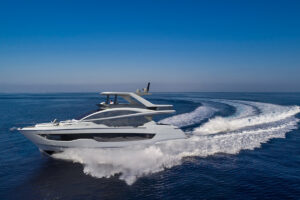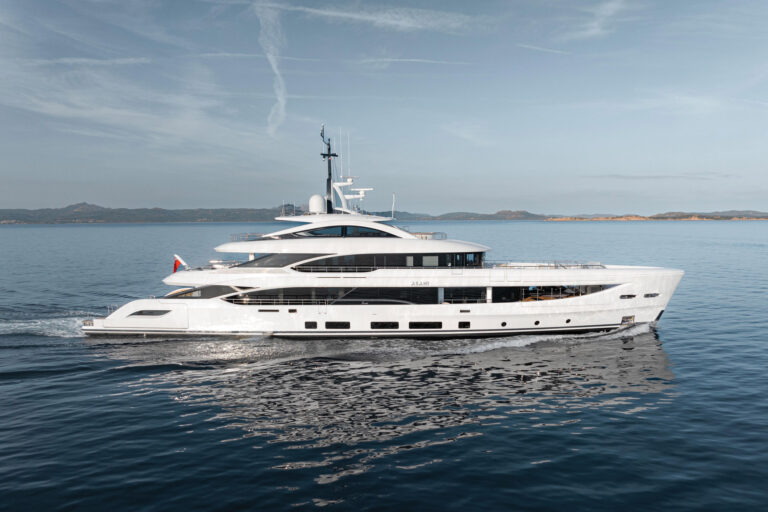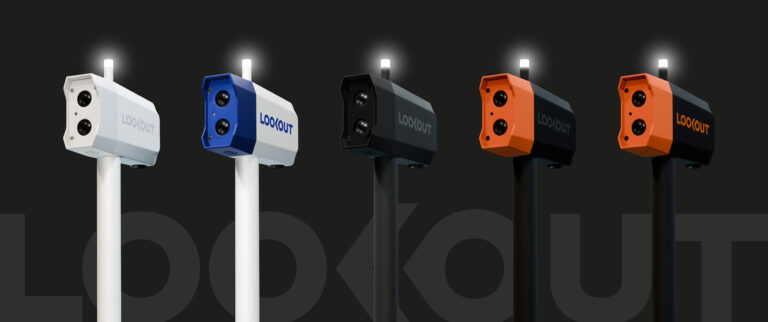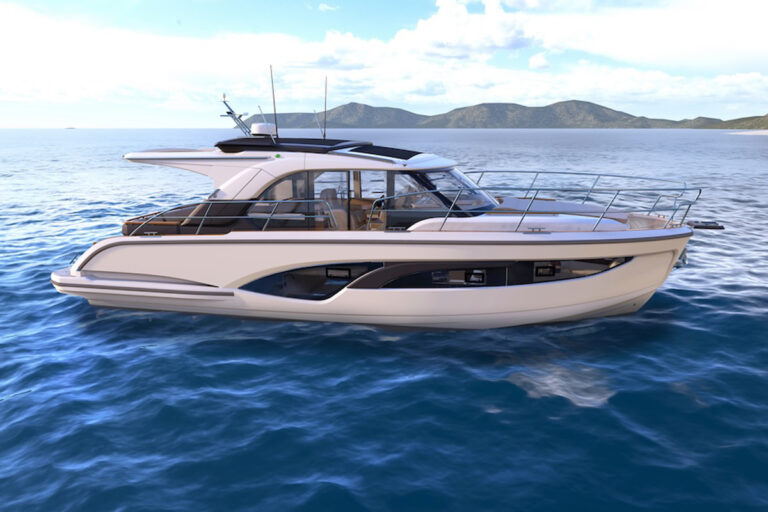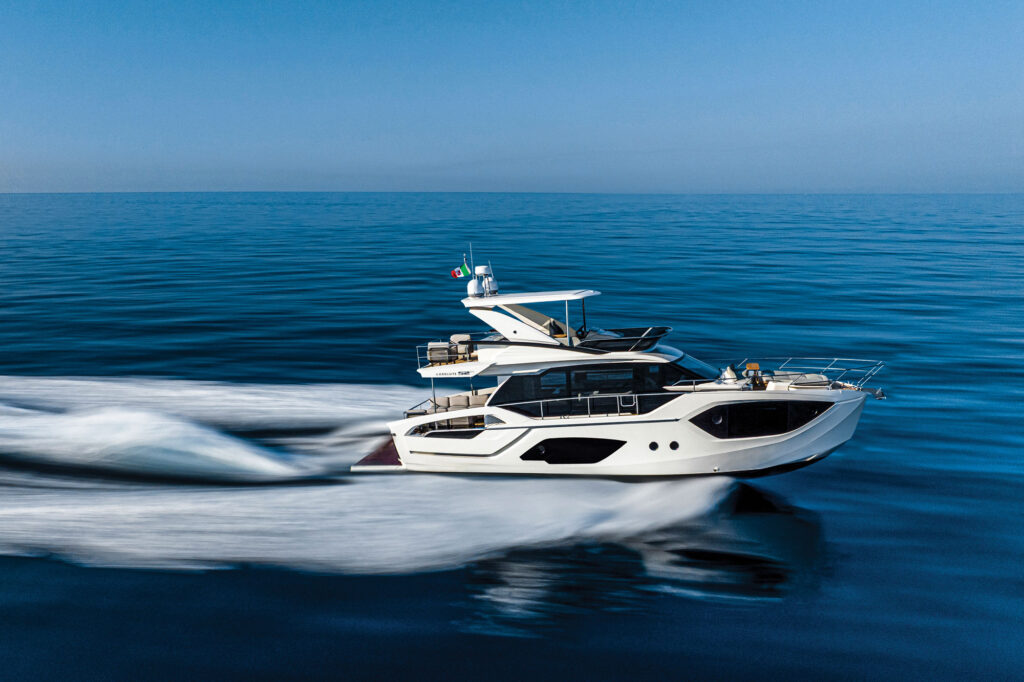
The Absolute Yachts 52 Fly shares design cues with its recently launched sisterships, the 56 Fly and 60 Fly. These yachts are easily recognized by their snub bows, chopped transoms, sculpted hulls and topsides, and big hullside windows, which give away the location of their owner’s staterooms.
As with the flybridge, the 52 Fly’s cockpit terrace is left bare so owners can choose from a range of exclusive modular furniture by Absolute or from other sources. The vessel’s glass balustrade, which tops off the transom, and the fretted bulwarks aft make for even stronger visual connections to the sea and provide great views for seated guests.
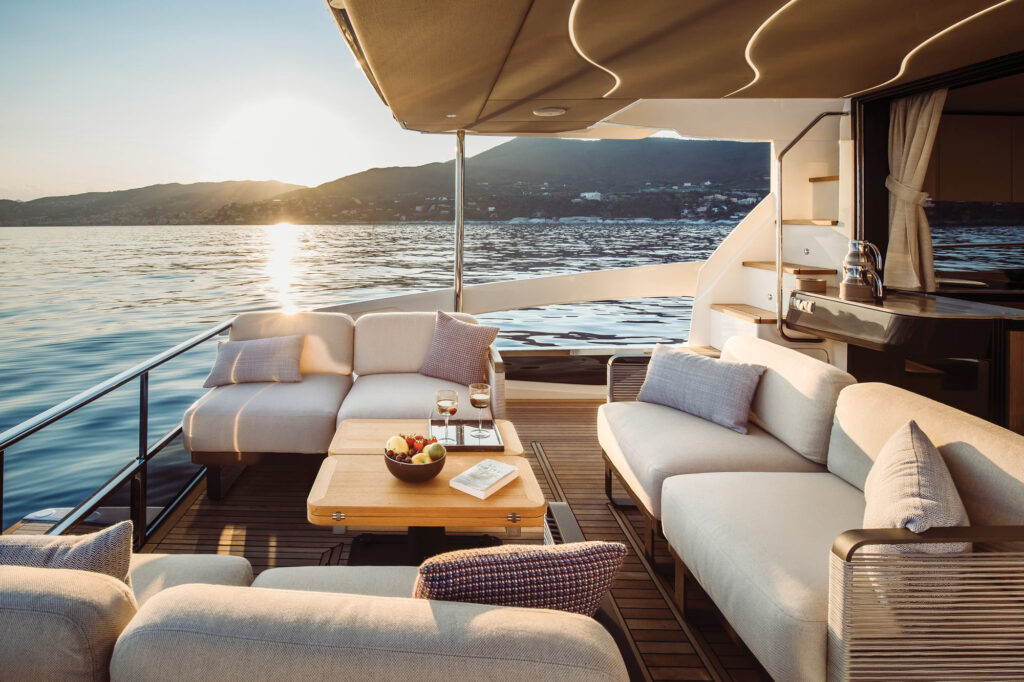
The 52 Fly’s foredeck is also a welcome retreat, especially with the sunshade and side screens up. The space accommodates an island sun pad, as well as a low dinette with double sofas. The flybridge is similarly splendid, and the hardtop comes standard with solar panels that contribute 1.35 kW of peak power, enough to cover the yacht’s basic hotel loads (not air conditioning) without the generator or shore power.
With nearly 360-degree views, the salon consists of an aft galley to port with Corian worktops, and a view between them and the cabinets above. An amidships lounge has a dinette to port and a three-seat sofa to starboard. The vibe is cool and contemporary, with drop-down electric windows on each side. They help keep the temperature moderate when the air conditioning is off.
The two-seat lower helm is to starboard, with great ergonomics and unobstructed visibility. Garmin touchscreen displays provide all the essential information, and other controls are conveniently situated. A side-deck door allows a proper connection with the outside world. A second two-seat helm station up on the flybridge is to port. That means there’s always a fresh-air connection available for the skipper, no matter which side he needs to see when close-quarters maneuvering. An optional third docking station can be added in the cockpit, with joystick and thruster controls for stern-to docking.
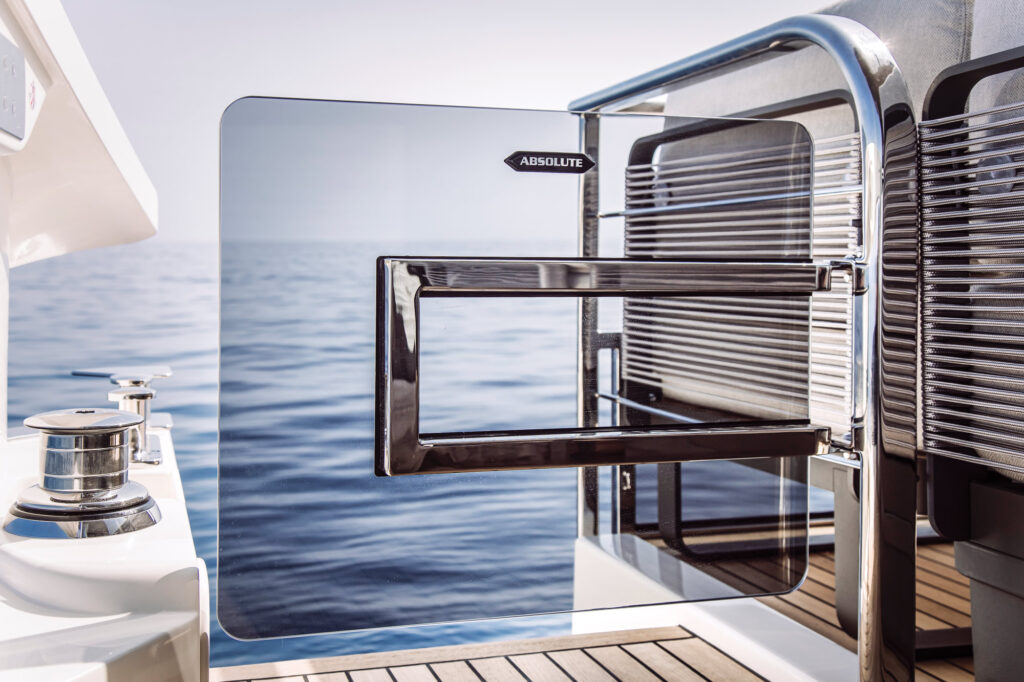
Like the rest of Absolute’s portfolio, the oomph for the 52 Fly comes from a pair of Volvo Penta diesels and IPS pod drives. The 52 Fly’s 600 hp D8-IPS800s deliver a nominal top speed of 30 knots and a 25-knot fast cruise. I saw a top-end average speed of 30.5 knots on reciprocal runs with the trim assist on, the Seakeeper gyrostabilizer off, and the boat lightly loaded. Only four people were aboard, with no tender or stores, 26 percent fuel, and 44 percent fresh water in gentle swells.
Underway, handling is surprisingly responsive. Spin the wheel hard over when running flat out, and the yacht heels gently into a relatively tight turn without scrubbing off much more than 3 knots of speed. The turning circle is not much more than three boatlengths.
At my favored cruise-forever dawdle of 10 knots, the diesels burned just 14 gph. Given the tank capacity of 475 gallons, that means a range of 340 nautical miles. The yacht is least efficient at 13 to 15 knots, with fuel burn around 73 gph. Once over the hump, the cumulative burn tracks down gently from 2.5 gallons per nautical mile at 14 knots to 2.25 gallons per nautical mile at 30 knots, so you may as well rush. At a continuous fast cruise of 25 knots, range should be around 225 nm.
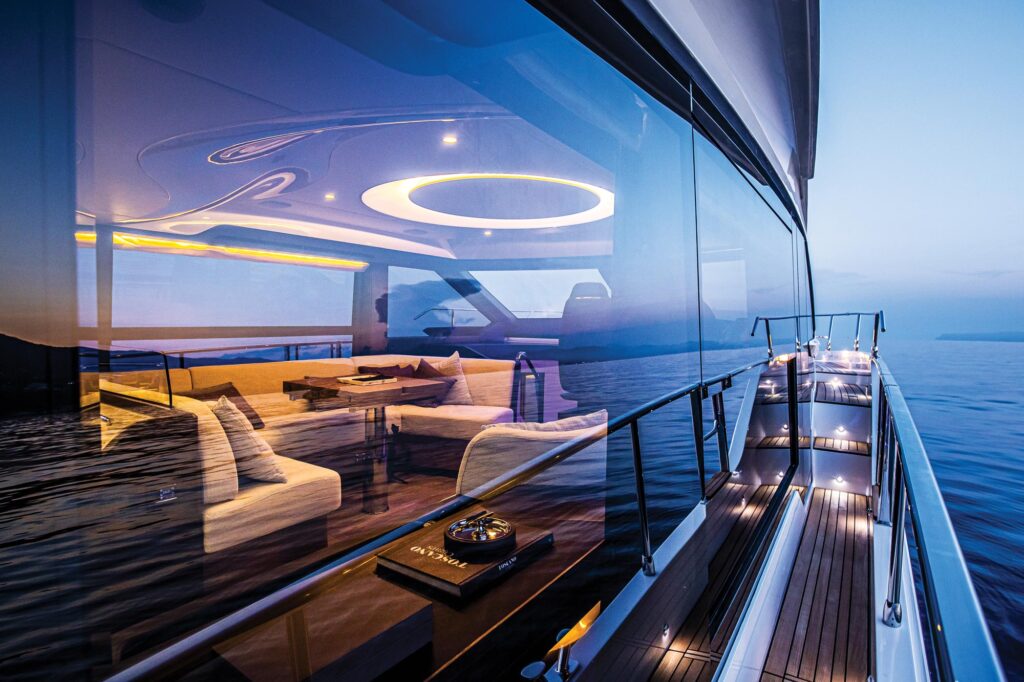
Noise is not an issue. I recorded just 64 decibels at the helm at 20 knots (65 decibels is the level of normal conversation). In the owner’s stateroom at the same speed, the tank buffer for the engine room meant just 72 decibels. It was 75 decibels in the double-berth stateroom aft.
Both heads that serve the three staterooms have windows and opening portholes. The owner’s en suite stateroom occupies the full beam forward, with big bow windows and plenty of space around a forward-facing queen berth. There’s also full-standing headroom here. Amidships is the VIP, also with a forward-facing queen and its hullside windows. The guest stateroom has twin berths that convert to a double. It’s good to see there’s enough space in the lobby beneath the companionway stairs for a washer-dryer.
There’s also lazarette space aft that includes a head-shower compartment, but it can alternatively be specified as a single-berth overspill stateroom or a crew cabin. (A teenager would love it.) As on some of the other newer Absolutes, it’s accessed discreetly from the hydraulic swim platform via a pantograph-style door in the transom and a half-hatch.
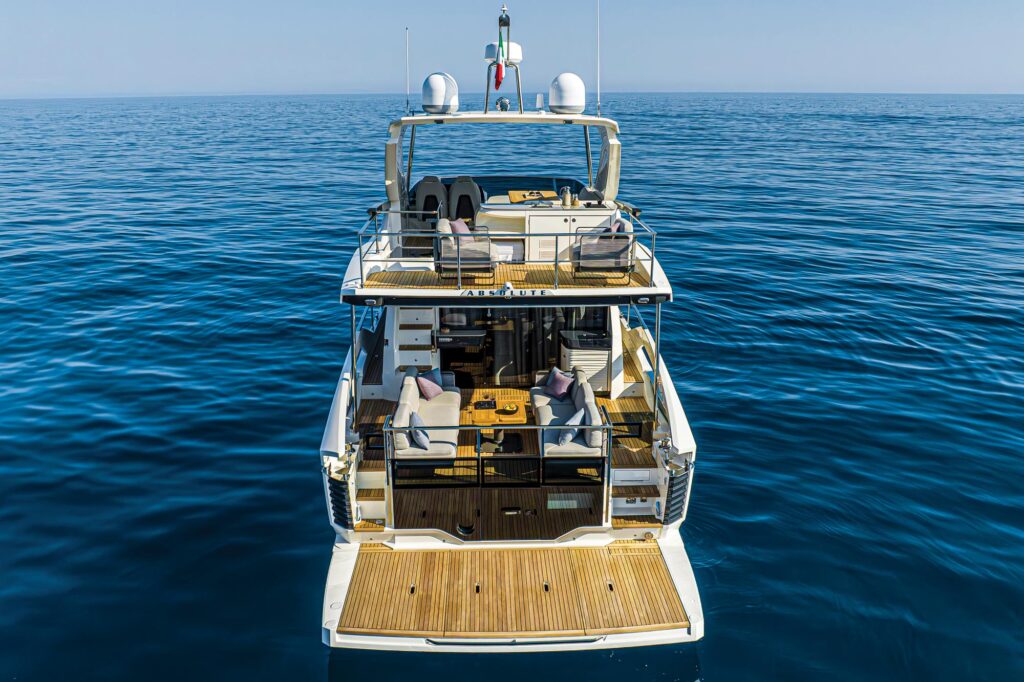
There’s a lot to like about the Absolute 52 Fly: solid performance, a high level of personalization, and a pugnacious build to cruise across blue water. Add its luxurious flourishes, and you get a family-friendly owner-operator yacht that should have broad appeal.
How It’s Made
Relatively complicated hull and superstructure shapes dictate a wet lay-up build rather than resin infusion. Interiors, including the bulkheads, are assembled outside the hull. They are built up from CNC-cut flat panels before being moved by crane and then bonded to the hull walls and stringer system. Then the superstructure is placed.
Where It’s Made
Absolute Yachts is based in Podenzano, Italy, between Genoa and Milan. Employing around 300 people on a 500,000-square-foot site, the company builds around 90 boats a year. The average length is about 60 feet.
Wide Range
Absolute Yachts’ 14-model lineup ranges from 47 to 75 feet, with seven Navetta models, six Fly models and one Coupé yacht. Production is split about evenly between the Navettas and the planing models. The next new models are expected to be the Navetta 53 and Navetta 70, with debuts planned at the Cannes Yachting Festival in September.
Take the next step: absoluteyachts.com




